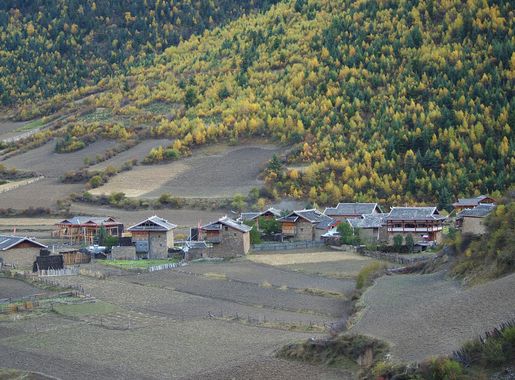
Trashigang District: The Jewel of Eastern Bhutan
Discover the untamed beauty and rich cultural heritage of Trashigang District, the Jewel of Eastern Bhutan, where ancient traditions meet stunning landscapes.
Nestled in the eastern part of Bhutan, Trashigang District is a captivating blend of natural beauty, rich culture, and ancient traditions. This region is often referred to as the Jewel of Eastern Bhutan, offering visitors an authentic glimpse into the country's heart and soul. The district is known for its lush landscapes, terraced fields, and vibrant festivals that reflect the deep-rooted customs of Bhutanese life. One of the highlights of Trashigang is the Trashigang Dzong, a majestic fortress that stands proudly on a hill overlooking the confluence of the Drangme Chhu and Gamri Chhu rivers. This dzong, built in the 17th century, is not only an architectural marvel but also a significant religious and administrative center. Visitors can explore its intricate murals, courtyards, and temples while soaking in the panoramic views of the surrounding valleys. Trashigang is also the gateway to several remote yet enchanting villages such as Merak and Sakteng. These villages are home to the Brokpa people, a semi-nomadic community known for their unique culture and lifestyle. Trekking to these high-altitude settlements offers an unparalleled experience of Bhutan's untouched wilderness and the chance to witness traditional practices that have remained unchanged for centuries. For nature enthusiasts, the district offers numerous trekking and hiking opportunities. The Sakteng Wildlife Sanctuary, with its diverse flora and fauna, is a haven for birdwatchers and wildlife lovers. The sanctuary is also believed to be the habitat of the elusive yeti, adding an element of mystery to the adventure. Whether you're seeking spiritual solace, historical insights, or outdoor thrills, Trashigang District promises a memorable journey through the lesser-explored treasures of Bhutan.
Local tips in Trashigang District
- Visit during the Trashigang Tshechu festival held in November for a vibrant display of Bhutanese culture and masked dances.
- Carry warm clothing as temperatures can drop significantly in the evenings, especially in high-altitude areas like Merak and Sakteng.
- Hire a local guide for trekking to remote villages to gain insights into the unique Brokpa culture and ensure a safe journey.
- Try the local cuisine, particularly the Ema Datshi (chili cheese) and Ara (traditional alcoholic beverage) for an authentic taste of Bhutanese flavors.
- Respect local customs and dress modestly when visiting religious sites and interacting with the local communities.
Trashigang District: The Jewel of Eastern Bhutan
Nestled in the eastern part of Bhutan, Trashigang District is a captivating blend of natural beauty, rich culture, and ancient traditions. This region is often referred to as the Jewel of Eastern Bhutan, offering visitors an authentic glimpse into the country's heart and soul. The district is known for its lush landscapes, terraced fields, and vibrant festivals that reflect the deep-rooted customs of Bhutanese life. One of the highlights of Trashigang is the Trashigang Dzong, a majestic fortress that stands proudly on a hill overlooking the confluence of the Drangme Chhu and Gamri Chhu rivers. This dzong, built in the 17th century, is not only an architectural marvel but also a significant religious and administrative center. Visitors can explore its intricate murals, courtyards, and temples while soaking in the panoramic views of the surrounding valleys. Trashigang is also the gateway to several remote yet enchanting villages such as Merak and Sakteng. These villages are home to the Brokpa people, a semi-nomadic community known for their unique culture and lifestyle. Trekking to these high-altitude settlements offers an unparalleled experience of Bhutan's untouched wilderness and the chance to witness traditional practices that have remained unchanged for centuries. For nature enthusiasts, the district offers numerous trekking and hiking opportunities. The Sakteng Wildlife Sanctuary, with its diverse flora and fauna, is a haven for birdwatchers and wildlife lovers. The sanctuary is also believed to be the habitat of the elusive yeti, adding an element of mystery to the adventure. Whether you're seeking spiritual solace, historical insights, or outdoor thrills, Trashigang District promises a memorable journey through the lesser-explored treasures of Bhutan.
When is the best time to go to Trashigang District?
Iconic landmarks you can’t miss
Chowki Picnic Spot
Discover tranquility at Chowki Picnic Spot, a breathtaking retreat in Manas National Park, Assam, where nature's beauty and rich biodiversity await.
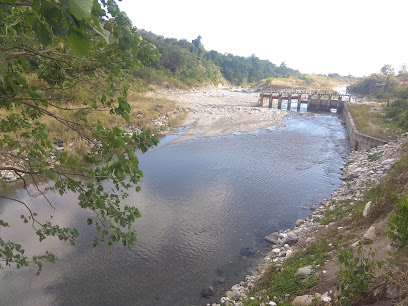
National Memorial Chhorten རྒྱལ་ཡོངས་རྗེས་དྲན་མཆོད་རྟེན།
Experience the serene beauty and rich cultural heritage of Bhutan at the National Memorial Chhorten, an iconic Buddhist temple in Thimphu.
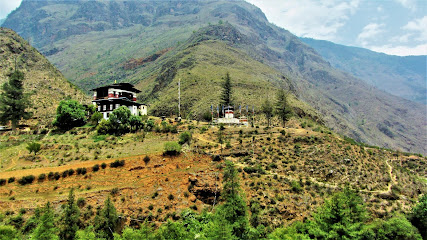
Indo-Bhutan Border Gateway
Discover the Indo-Bhutan Border Gateway, a stunning cultural crossroads with breathtaking views and rich traditions, perfect for travelers seeking unique experiences.
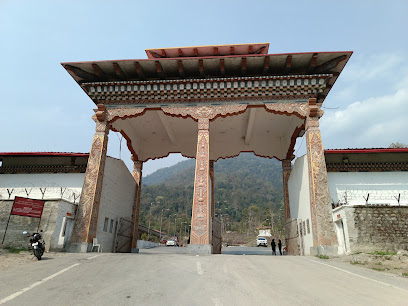
Sakteng Wildlife Sanctuary.
Experience the untouched wilderness and rich culture of Bhutan at Sakteng Wildlife Sanctuary, a must-visit park for nature enthusiasts and adventurers.
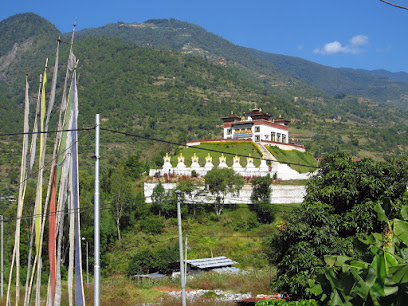
Druk Deothjung
Discover the charm of Druk Deothjung Hotel in Trashigang, Bhutan, where comfort meets culture amidst breathtaking mountain views.

Trashigang Dzong
Discover the spiritual and architectural marvel of Trashigang Dzong, a must-visit attraction in Bhutan's eastern highlands.
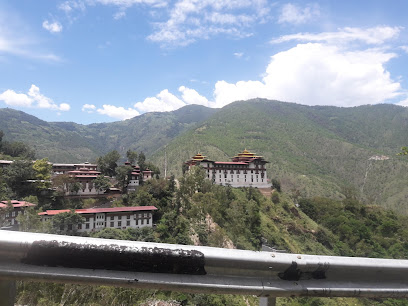
Rangjung Woesel Choling Dratshang
Explore the serene beauty and rich culture of Rangjung Woesel Choling Dratshang, a tranquil monastery nestled in the hills of Radi, Bhutan.
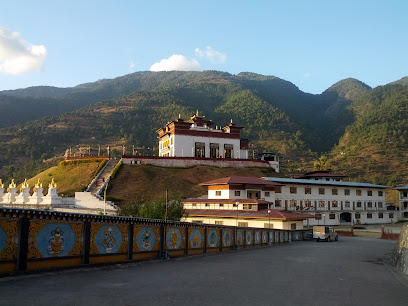
Taa-Dzong བལྟ་རྫོང་།
Explore the rich history and vibrant culture of Bhutan at Taa-Dzong, a premier heritage museum showcasing the kingdom's unique heritage.
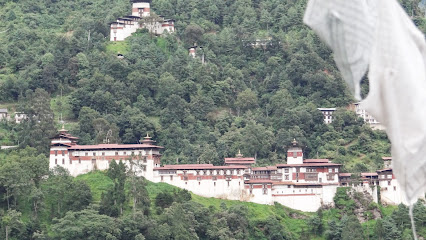
Gom Kora
Explore Gom Kora in Trashiyangtse, Bhutan – a serene monastery rich in spiritual heritage and breathtaking views.
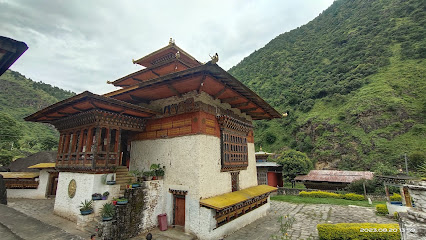
Chador Lhakhang
Explore the serene beauty and cultural richness of Chador Lhakhang, a captivating Buddhist temple in Radi, Bhutan, offering tranquility and spiritual insight.
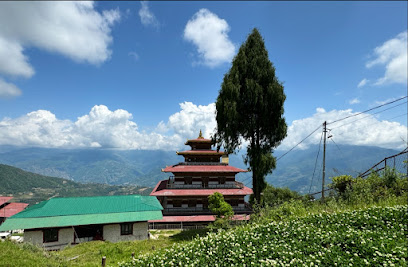
Barshong Lakhang (Karma Thegsum Dechenling Monastery)
Explore the tranquil Barshong Lakhang Monastery in Khaling, a sacred site embodying Bhutan's rich Buddhist traditions and stunning natural beauty.
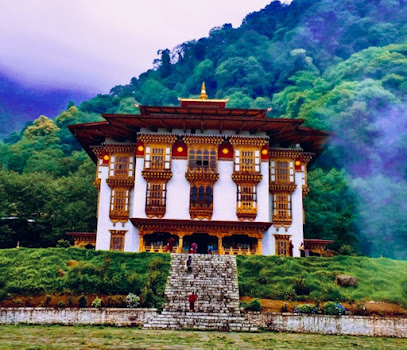
ཡོན་ཕུག་ལ་ཨྱོན་མདོ་བསྔགས་ཆོས་གླིང་། (Ogyen Doh-Ngag Chokhorling Dratshang)
Experience the tranquility and spirituality of Ogyen Doh-Ngag Chokhorling Dratshang, a hidden gem of Bhutan's Buddhist heritage.

Gongza Ney
Discover the tranquility of Gongza Ney, a serene Buddhist temple in Trashiyangtse, Bhutan, surrounded by breathtaking landscapes and rich cultural heritage.
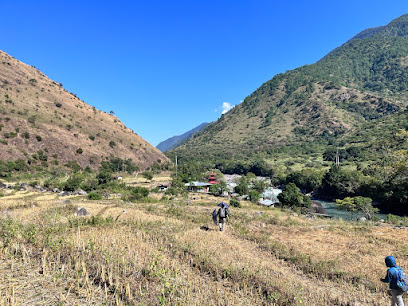
Rangshikhar Goenpa
Experience the tranquility of Rangshikhar Goenpa, a serene Buddhist temple nestled in the stunning landscapes of eastern Bhutan, perfect for reflection and meditation.
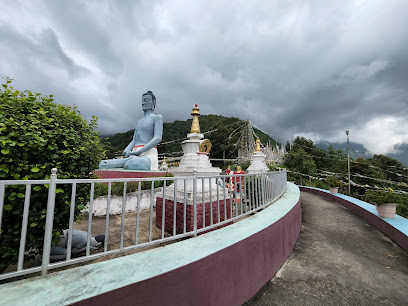
Thongphu Trashigang
Discover the serene beauty and spiritual essence of Thongphu Trashigang, a hidden Buddhist temple in the heart of Bhutan's stunning landscape.
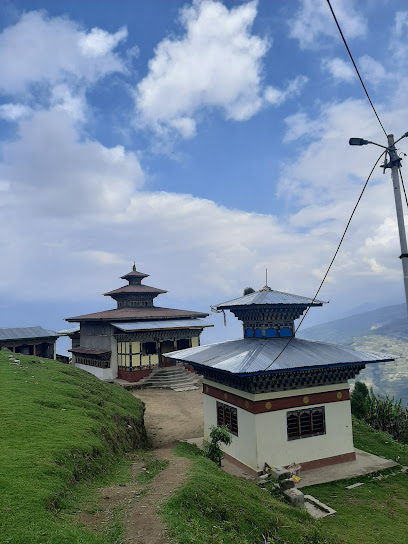
Unmissable attractions to see
Chowki Picnic Spot
Explore the serene beauty and thrilling adventures at Chowki Picnic Spot in Manas National Park, Assam's natural retreat for all travelers.
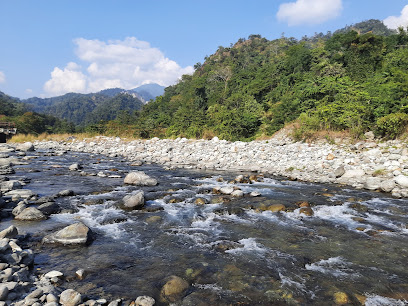
Jamphel Lhakhang བྱམས་་པ་ལྷ་ཁང་།
Explore the tranquil beauty and spiritual significance of Jamphel Lhakhang, a stunning Buddhist temple in Jakar, Bhutan.
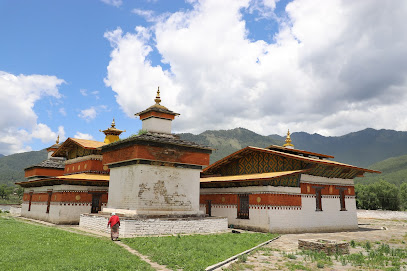
phu Katang
Explore Phu Katang, a stunning hiking area in Bhutan, renowned for its breathtaking views and vibrant natural landscapes.

Chenla Trail
Experience the breathtaking beauty of Bhutan at Chenla Trail, a serene hiking area perfect for nature lovers and adventure seekers alike.

Bhutan Chowki Photoshoot Spot (2)
Discover the breathtaking Bhutan Chowki Photoshoot Spot in Assam, a serene paradise for photographers and nature lovers alike, ideal for capturing stunning landscapes.

Nyakchung La
Explore the breathtaking landscapes and serene trails of Nyakchung La, a premier hiking destination in Bhutan.
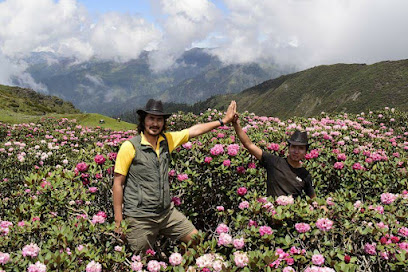
INDO BHUTAN BORDER
Discover the enchanting Indo-Bhutan Border, where nature's beauty meets rich cultural heritage, a must-visit for every traveler.
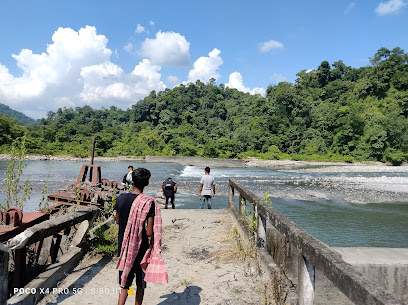
Takshorong
Discover the serene landscapes of Takshorong Park in Kangpar, Bhutan, offering tranquility, beauty, and a perfect escape into nature's embrace.

Chenla Trail 1
Explore the natural beauty and cultural richness of Chenla Trail 1, a stunning hiking area in Bhutan that offers unforgettable experiences and breathtaking views.
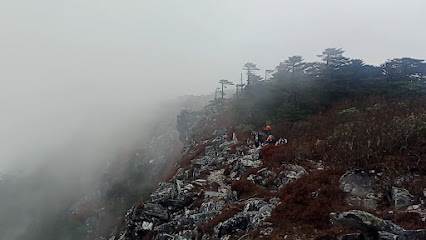
Zangsorong
Experience the natural beauty and tranquility of Zangsorong Park, a hidden gem in Kangpar, Bhutan, perfect for nature lovers and relaxation seekers.

Bongbu re Waterfall
Discover the serene beauty of Bongbu re Waterfall, a hidden natural gem in Bhutan, perfect for nature lovers and adventure seekers alike.
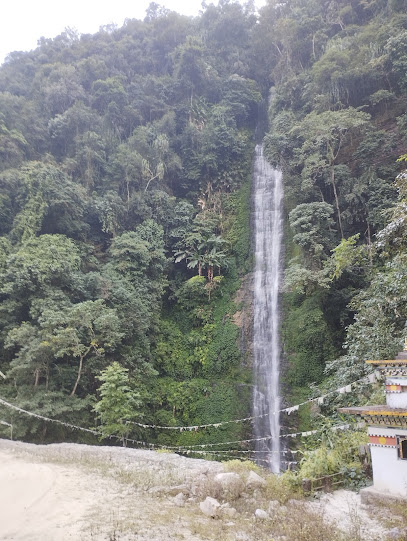
Peling Tsho
Experience the tranquility of Peling Tsho, a hidden lake gem in Bhutan's Dechheling, perfect for relaxation and nature exploration.
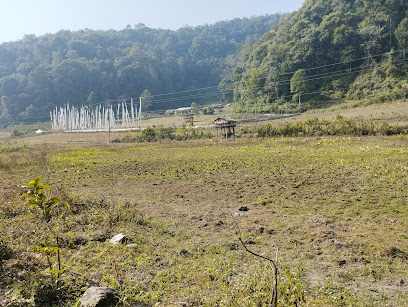
Rewa Pangthang
Discover the serene beauty and rich cultural heritage of Rewa Pangthang, an enchanting tourist attraction in the heart of Bhutan's Lhuntse district.
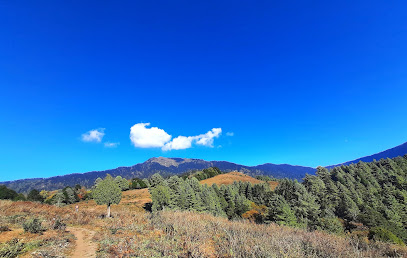
Kengkhar View Point
Discover stunning views and serene landscapes at Kengkhar View Point, a must-visit destination for nature lovers in Bhutan.
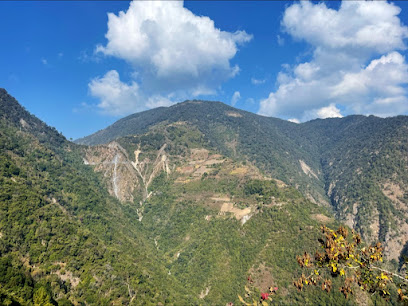
Tse Pangthang
Experience the serene beauty and rich culture of Tse Pangthang, a must-visit tourist attraction in Lhuntse, Bhutan, perfect for nature lovers.

Essential places to dine
Damala Restaurant and Lodge
Discover the essence of Bhutanese flavors at Damala Restaurant and Lodge in Daifam - where tradition meets taste.
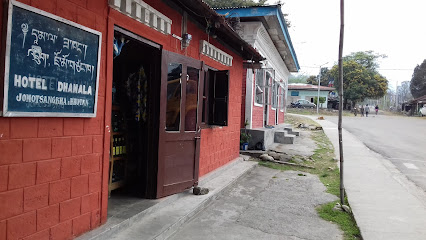
Gomthey Restaurant And Bar
Experience authentic Bhutanese flavors at Gomthey Restaurant And Bar, where culinary tradition meets contemporary charm in an unforgettable setting.
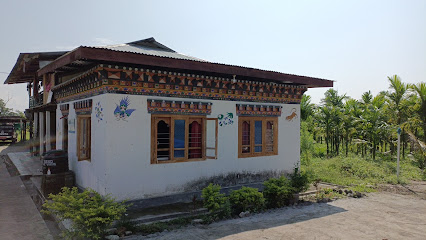
Yangchhag Hotel & Restaurant
Experience authentic Bhutanese hospitality at Yangchhag Hotel & Restaurant in Nganglam - where comfort meets local flavor.

Kuenjung Pizza
Discover the flavors of Bhutan at Kuenjung Pizza in Samdrup Jongkhar – where every slice tells a story.
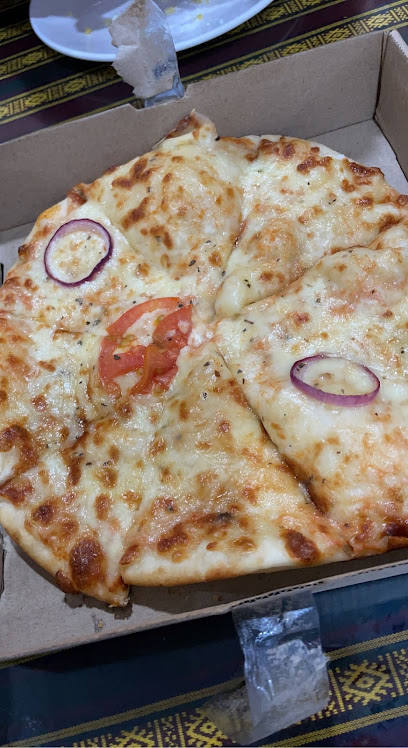
Tshenum Vegetarian Hotel
Experience authentic vegetarian cuisine at Tshenum Vegetarian Hotel in Samdrup Jongkhar – where every dish tells a story of flavor and tradition.

TN restaurant & cafe
Discover the taste of Bhutan at TN Restaurant & Cafe - where local flavors meet cozy ambiance in Dawathang.
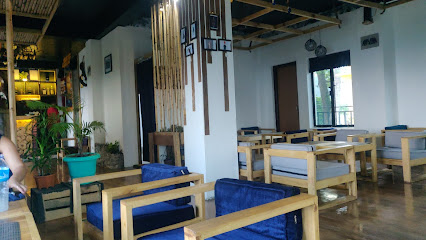
Lepcha Hotel
Discover authentic Bhutanese cuisine at Lepcha Hotel in Trashigang – where every meal is a celebration of local flavors and traditions.
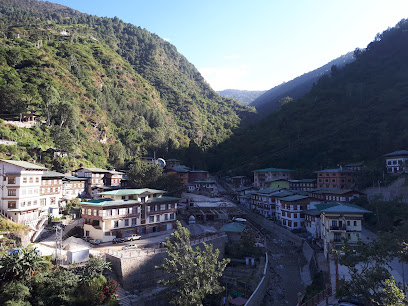
Rinzin Restaurant
Experience authentic Bhutanese cuisine at Rinzin Restaurant in Nganglam, where traditional flavors meet warm hospitality.
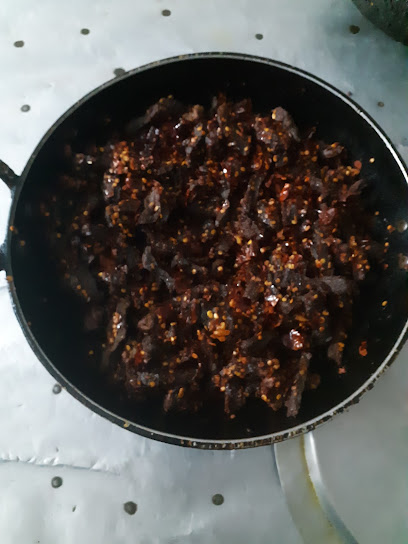
KT Pizza Hut
Experience delicious pizzas in Nganglam at KT Pizza Hut, where every bite brings joy and satisfaction.
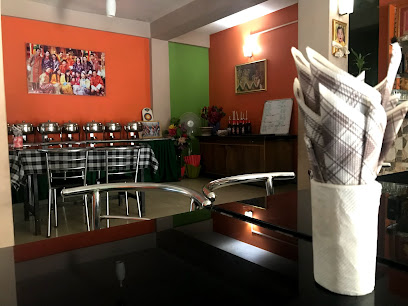
Kinjung Restaurant
Discover authentic Bhutanese cuisine at Kinjung Restaurant in Samdrup Jongkhar - where flavor meets tradition!
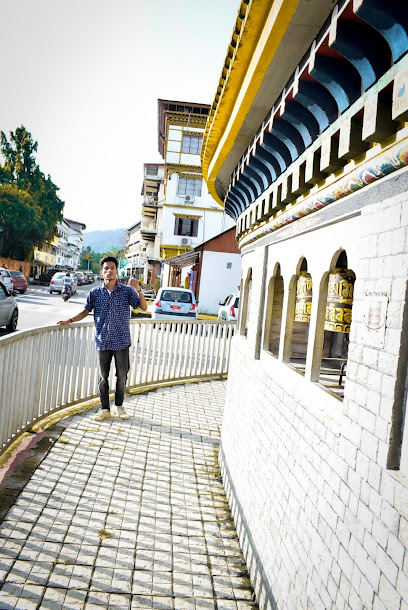
Tashi Gatshel Food and Lodge
Experience authentic Bhutanese cuisine amidst stunning landscapes at Tashi Gatshel Food and Lodge in Sengor.
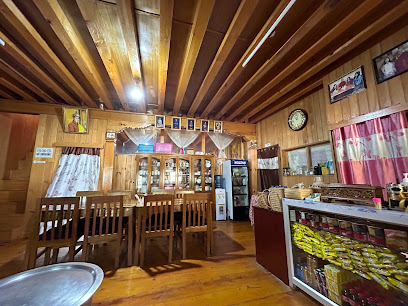
PK RESTAURANT
Discover authentic Bhutanese cuisine at PK Restaurant in Samdrup Jongkhar – where every dish tells a story.
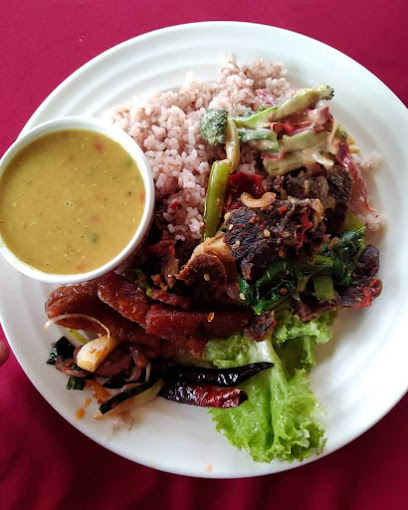
Trashigang Pizza
Experience authentic Bhutanese flavors at Trashigang Pizza - where every slice tells a story!
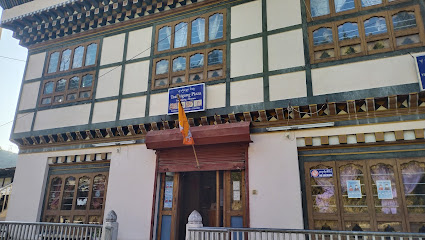
Chirwang Shop
Discover authentic Bhutanese flavors at Chirwang Shop in Nganglam - where every dish tells a story.

Nyendra Restaurant
Experience authentic Bhutanese cuisine at Nyendra Restaurant in Kanglung - where every dish tells a story.

Markets, malls and hidden boutiques
Kota Shopping Center
Explore the vibrant Kota Shopping Center in Trashigang for your hardware needs and discover local crafts that celebrate Bhutanese culture.

Pema general shop
Explore local flavors and essentials at Pema General Shop, a grocery store in Trashigang offering a taste of Bhutanese culture.
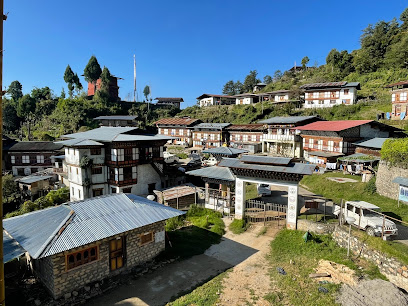
PEMA LHENDRUP HANDICRAFT
Explore the artistry of Bhutan at PEMA LHENDRUP HANDICRAFT, where traditional craftsmanship meets modern design in a delightful shopping experience.
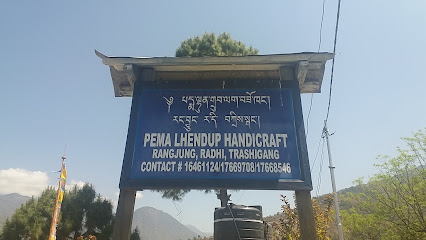
S. T Garments. (new Shop)
Explore S. T Garments in Trashigang for a unique shopping experience featuring traditional Bhutanese fashion and local artisan crafts.
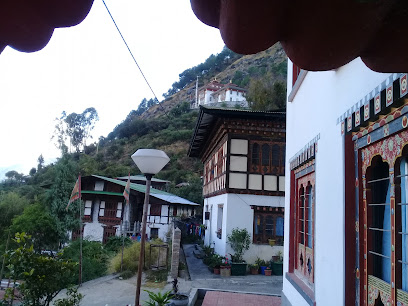
J.C Store.
Explore J.C Store in Kanglung for a unique shopping experience filled with local culture and vibrant retail options.
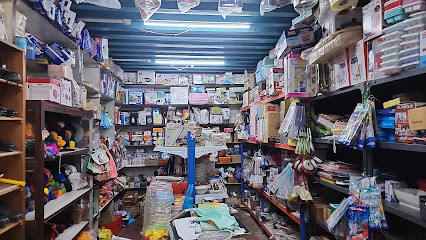
Thrimzang General Shop
Experience the essence of Pasaphu at Thrimzang General Shop, where local charm meets unique shopping.

Tshering Dorji General Store
Discover a unique blend of local culture and shopping at Tshering Dorji General Store in Trashigang, Bhutan, where every item tells a story.
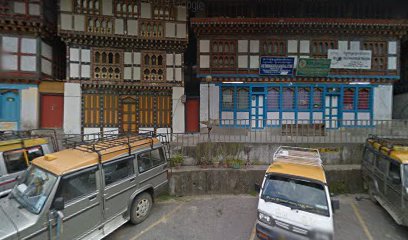
NP General Store
Discover Kanglung's local charm at NP General Store, where unique finds and friendly faces await.

Tshering Lhamo General Shop
Discover authentic Bhutanese culture at Tshering Lhamo General Shop in Trashigang, where local goods and warm hospitality await.
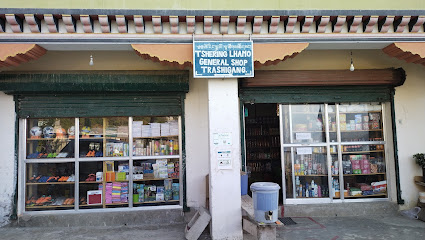
Sangay Dema General Shop
Experience authentic Bhutanese culture and shop for local treasures at Sangay Dema General Shop, a vibrant general store in the heart of Bhutan.
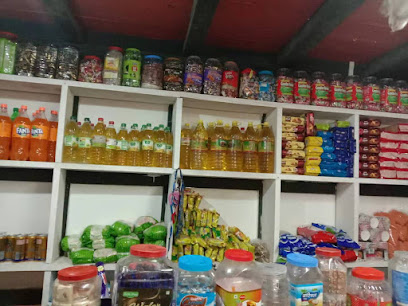
Jigme Tenzin General Shop
Experience the heart of Khaling at Jigme Tenzin General Shop, where local culture and unique treasures await every traveler.

Yeshi choden general shop
Experience the warmth of Bhutanese hospitality at Yeshi Choden General Shop in Radi, your go-to destination for local goods and treasures.
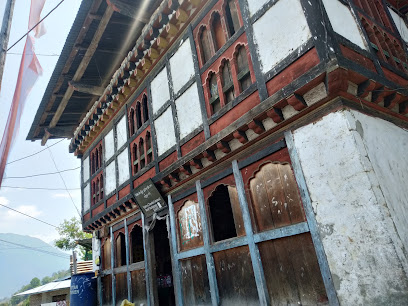
Kelzang Wangmo General Shop
Discover authentic Bhutanese products and experience local culture at Kelzang Wangmo General Shop in Rongthang.

Trashigang, kan
Discover the enchanting town of Trashigang in Bhutan, a cultural gem surrounded by stunning landscapes and rich traditions.
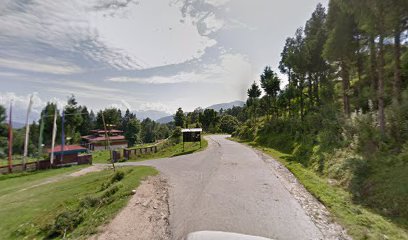
Sonam Tshering General Shop
Explore the heart of Trashigang at Sonam Tshering General Shop, where local culture meets everyday convenience in a delightful shopping experience.
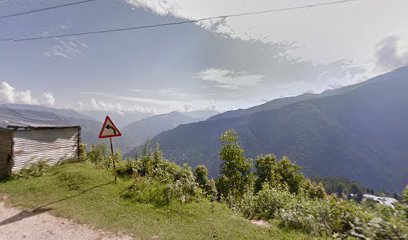
Essential bars & hidden hideouts
Lepcha Hotel
Discover authentic Bhutanese flavors at Lepcha Hotel in Trashigang, a charming restaurant offering a warm, cultural dining experience.
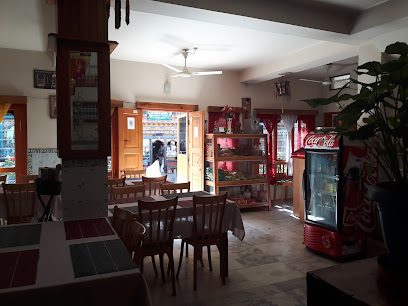
Tun Tun Restaurant
Discover the authentic flavors of Radi at Tun Tun Restaurant, where local cuisine meets a warm and inviting atmosphere.
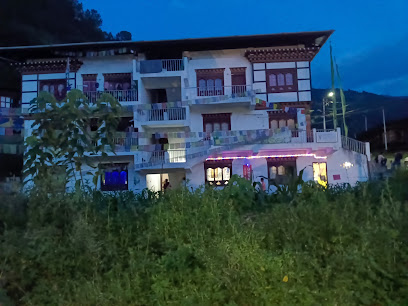
Dubjor Hotel
Experience authentic Bhutanese flavors and warm hospitality at Dubjor Hotel in Trashigang, where every meal is a celebration of local culture.
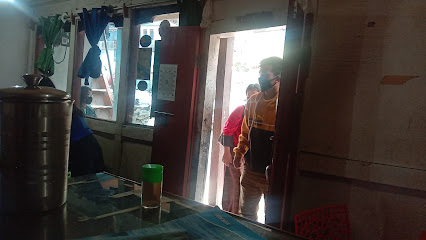
Goktey General Shop & Bar
Discover the charm of Goktey General Shop & Bar - a cozy bar in Bhutan perfect for relaxing and enjoying local flavors.
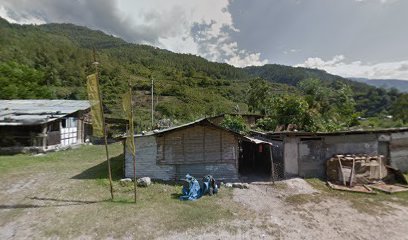
Kencho Wangdi, General shop
Experience the charm of Kencho Wangdi, a vibrant bar in Riserboo offering a blend of local culture and refreshing drinks.

Village Restaurant
Experience authentic Bhutanese cuisine at Village Restaurant, where local flavors and a warm atmosphere come together.
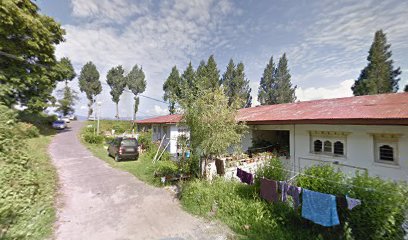
Norbu Resturant
Explore the essence of Bhutan with authentic flavors and a warm atmosphere at Norbu Restaurant in Kanglung.
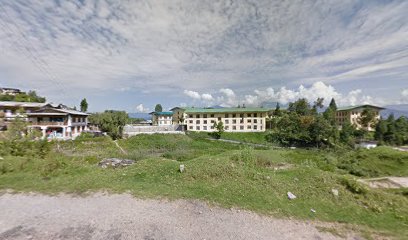
e-commerce
Experience the rich flavors of Bhutan and global cuisine at a charming Continental restaurant in Trashigang.

Village Restro Bar
Experience the authentic flavors and vibrant atmosphere of Village Restro Bar in Trashigang, a must-visit for every traveler in Bhutan.
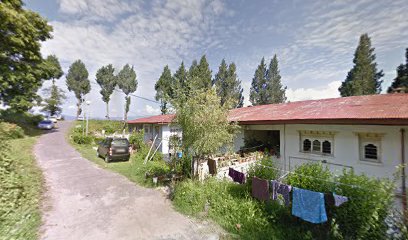
Cheku Bar and Restaurant
Experience the best of local and international flavors at Cheku Bar and Restaurant in Riserboo, a vibrant hub for food lovers and travelers.
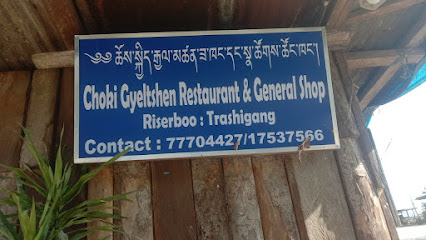
Norbu Dema Bar Cum Resutarant
Experience the essence of Bhutanese cuisine at Norbu Dema Bar Cum Restaurant, a vibrant hub for food lovers in Radi, Bhutan.

SHAANU RESTAURANT
Discover the authentic taste of Bhutan at Shaanu Restaurant, where delicious dishes and warm hospitality create an unforgettable dining experience.
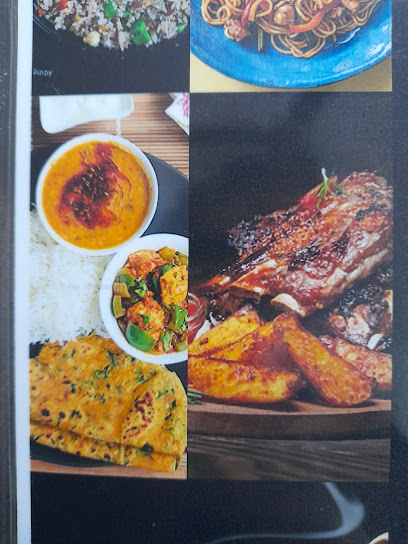
Yeshi Lhamo Restaurant
Discover the authentic flavors of Bhutan at Yeshi Lhamo Restaurant in Trashiyangtse, where tradition meets culinary excellence.

Tshering Bar Shop
Discover the heart of Bhutanese culture at Tshering Bar Shop, where traditional drinks and local hospitality await every traveler.

DOKSUM KARAOKE
Discover the vibrant atmosphere of DOKSUM KARAOKE in Trashiyangtse, where singing and fun come together for a memorable experience.

Local Phrases about Trashigang District
-
- Helloཇོ ཇོ ཇོ
[jo jo jo] - Goodbyeཞིང་ཞིང
[zhing zhing] - Yesཡོད
[yo] - Noམེད
[me] - Please/You're welcomeཡངས་རང
[yang rang] - Thank youབཤདྲིས
[shadri] - Excuse me/Sorryདགའ་གར
[dakar] - How are you?ཁྱེད་རང་དེ་སྦར་སི?
[khye rang de bar si?] - Fine. And you?སྦར་སི. ཁྱེད་རང་དེ?
[bar si. khye rang de?] - Do you speak English?ཨིན་སྐྱིད་སྦར་སི?
[in kyi si?] - I don't understandངེས་མཐུན་མི
[nges thun mi]
- Helloཇོ ཇོ ཇོ
-
- I'd like to see the menu, pleaseམཐའ་བར་མིང་ཨེས་སྦར་སི
[tha bar ming es bar si] - I don't eat meatབྲི་མེད་མི
[dri me mi] - Cheers!རིགས!
[rigs] - I would like to pay, pleaseངེས་མཐུན་བར་མིང་ཨེས་སྦར་སི
[nges thun bar ming es bar si]
- I'd like to see the menu, pleaseམཐའ་བར་མིང་ཨེས་སྦར་སི
-
- Help!ལས་མེ
[la me] - Go away!ལོ་མི
[lo mi] - Call the Police!ཟིར་གནས་ཨེས་སྦར་སི
[zir gnas es bar si] - Call a doctor!བྲིས་ཟིར་ཨེས་སྦར་སི
[dri zir es bar si] - I'm lostངེས་གསར་མི
[nges gsar mi] - I'm illངེས་བྲིས
[nges dri]
- Help!ལས་མེ
-
- I'd like to buy...མཐའ་བར་མིང་...
[tha bar ming ...] - I'm just lookingངེས་མཐུན་སྦར་མི
[nges thun sar mi] - How much is it?བསྡད་ཚར་སི?
[se da tsar si] - That's too expensiveདེའོ་སིསས་སི
[deo siss si] - Can you lower the price?བསྡད་ཚར་དགད་མི
[se da tsar dak mi]
- I'd like to buy...མཐའ་བར་མིང་...
-
- What time is it?དུས་ཚརེ་སི?
[dus tsare si] - It's one o'clockདུས་གཅིག་རེ
[dus gchik re] - Half past (10)གནམ་གཅིག་(༡༠)
[nam gchik (10)] - Morningརྙིང
[nying] - Afternoonདགོས
[gosh] - Eveningཉིན
[nyin] - Yesterdayཁ་རེ
[kha re] - Todayདེ་རེ
[de re] - Tomorrowསེར་རེ
[ser re] - 1༡
[1] - 2༢
[2] - 3༣
[3] - 4༤
[4] - 5༥
[5] - 6༦
[6] - 7༧
[7] - 8༨
[8] - 9༩
[9] - 10༡༠
[10]
- What time is it?དུས་ཚརེ་སི?
-
- Where's a/the...?ཛྷུས་ཀཡོ...?
[zhuz kyo...?] - What's the address?འཛིན་ཡོདོས་དུས་གཡུ?
[dzin yo do gyo?] - Can you show me (on the map)?བསྡད་གསི་ཨེས་སྦར་སི?
[se da si es bar si?] - When's the next (bus)?དུས་རིགས་ཧམས་དུ?
[dus rigs hams du?] - A ticket (to ....)དུ་ཛ་རེ...
[du za re...]
- Where's a/the...?ཛྷུས་ཀཡོ...?
History of Trashigang District
-
Trashigang District, located in the eastern part of Bhutan, is one of the country's oldest inhabited regions. Archaeological evidence suggests that the area has been settled for thousands of years, with early inhabitants practicing agriculture and animal husbandry. The region's remote location allowed it to preserve its unique cultural practices and traditions, making it a living museum of Bhutanese heritage.
-
Trashigang Dzong, a fortress-monastery built in 1659, stands as a testament to the region's historical significance. Constructed under the direction of Chögyal Minjur Tempa, the Third Desi of Bhutan, the Dzong served both as a defense fortification and an administrative center. Over the centuries, it has been the focal point for governance and religion, hosting annual festivals like the Trashigang Tshechu, which attract visitors from all over Bhutan.
-
Trashigang is also a spiritual hub, with numerous monasteries and temples dotting the landscape. One of the most important is the Gom Kora, a sacred pilgrimage site located near the town of Trashigang. According to legend, Guru Rinpoche, the founder of Tibetan Buddhism, meditated here during his journey to Tibet. Each spring, pilgrims from Bhutan and neighboring regions gather at Gom Kora to participate in the annual festival, reflecting the deep religious roots of the area.
-
In the late 19th and early 20th centuries, Trashigang District experienced its first encounters with the British Empire. British explorers and surveyors, such as John Claude White, documented their travels through the region, providing a glimpse into the remote and enigmatic world of eastern Bhutan. These encounters, although limited, began to open up Trashigang to the outside world, laying the groundwork for future interactions and development.
-
The latter half of the 20th century saw significant changes in Trashigang District as Bhutan began to modernize. Infrastructure improvements, such as the construction of the East-West Highway, connected the district to the rest of the country. Educational institutions, including Sherubtse College, Bhutan's oldest college, were established, transforming Trashigang into an educational hub. Despite these advancements, the district has managed to retain its traditional charm and cultural authenticity.
Trashigang District Essentials
-
Trashigang District is located in the eastern part of Bhutan. The nearest international airport is Paro International Airport, which is approximately 600 kilometers away. From Paro, you can take a domestic flight to Yonphula Airport, which is about 30 kilometers from Trashigang town. Alternatively, you can travel by road from Thimphu or Paro, which is a scenic but long journey, taking around 2-3 days. Buses and taxis are available for this route.
-
Within Trashigang District, local taxis and buses are the primary modes of transportation. The roads can be narrow and winding, so it is advisable to hire a local driver if you are not familiar with the terrain. For shorter distances, walking is a feasible option, especially within Trashigang town and nearby villages. Renting a car is also an option, but ensure it is a vehicle suitable for mountainous roads.
-
The official currency in Bhutan is the Ngultrum (BTN). Indian Rupees (INR) are also widely accepted. Credit cards are accepted in some hotels and larger shops, but it is advisable to carry cash, especially in smaller establishments and rural areas. ATMs are available in Trashigang town, but it is wise to withdraw sufficient cash before traveling to more remote areas.
-
Trashigang District is generally a safe destination for tourists. However, it is always advisable to take standard precautions. Avoid walking alone at night in unfamiliar areas and keep an eye on your belongings in crowded places. There are no specific high-crime areas targeting tourists, but staying vigilant and aware of your surroundings is always best.
-
In case of emergency, dial 113 for medical emergencies and 110 for the police. The local hospital in Trashigang town provides basic medical services, but for more severe cases, you may need to be transported to larger facilities in Thimphu. It is recommended to have travel insurance that covers medical emergencies. For minor health issues, there are pharmacies in Trashigang town where you can purchase over-the-counter medications.
-
Fashion: Do dress modestly, especially when visiting religious sites. Avoid wearing revealing clothing. Religion: Do respect local customs and traditions. Always remove your shoes and cover your head when entering temples and monasteries. Public Transport: Do be respectful and give up your seat to elderly passengers. Don't eat or drink on public transport. Greetings: Do greet people with a polite bow or a handshake. A traditional greeting in Bhutan is 'Kuzuzangpo la'. Eating & Drinking: Do try local delicacies and accept food offerings graciously. Don't refuse hospitality, as it is considered impolite.
-
To experience Trashigang District like a local, visit the local markets where you can buy fresh produce and traditional Bhutanese goods. Engage with locals, as they are often friendly and willing to share stories about the area's history and culture. Don't miss visiting the Trashigang Dzong, a prominent fortress with historical significance. For a unique experience, take part in local festivals and observe traditional dances and rituals.
Trending Landmarks in Trashigang District
-
Chowki Picnic Spot
-
National Memorial Chhorten རྒྱལ་ཡོངས་རྗེས་དྲན་མཆོད་རྟེན།
-
Indo-Bhutan Border Gateway
-
Sakteng Wildlife Sanctuary.
-
Druk Deothjung
-
Trashigang Dzong
-
Rangjung Woesel Choling Dratshang
-
Taa-Dzong བལྟ་རྫོང་།
-
Gom Kora
-
Chador Lhakhang
-
Barshong Lakhang (Karma Thegsum Dechenling Monastery)
-
ཡོན་ཕུག་ལ་ཨྱོན་མདོ་བསྔགས་ཆོས་གླིང་། (Ogyen Doh-Ngag Chokhorling Dratshang)
-
Gongza Ney
-
Rangshikhar Goenpa
-
Thongphu Trashigang
Nearby Cities to Trashigang District
-
Things To Do in Mongar
-
Things To Do in Jakar
-
Things To Do in Bumthang
-
Things To Do in Trongsa
-
Things To Do in Guwahati
-
Things To Do in Itanagar
-
Things To Do in Wangdue Phodrang
-
Things To Do in Shillong
-
Things To Do in Punakha
-
Things To Do in Thimphu
-
Things To Do in Paro
-
Things To Do in Phuentsholing
-
Things To Do in Sylhet
-
Things To Do in Kohima
-
Things To Do in Rangpur




